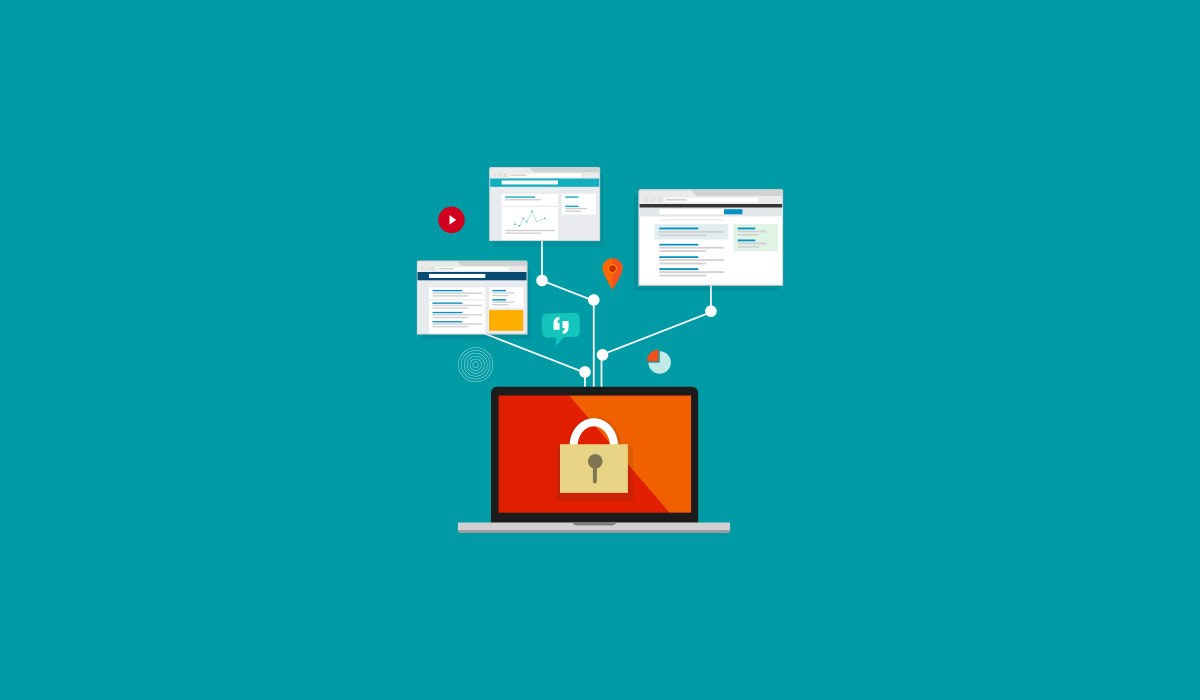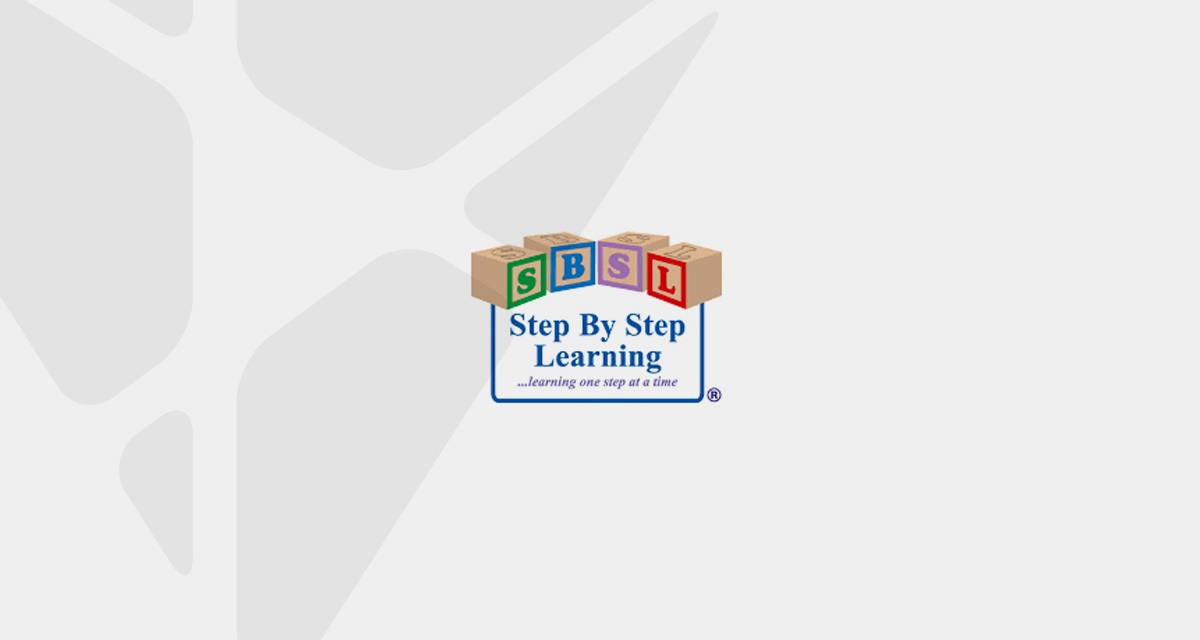Roles and responsibilities of principals, superintendents, curriculum directors, instructional and other school leaders dramatically changed when coronavirus rocked our world. Before COVID-19, they focused on shaping the academic journey of students, improving instruction, and managing people, data, and processes. Now, they are constantly forced to making rapid choices on issues that they've never dealt with before.
These unforeseen challenges are altering the scope of their positions and priorities. They include navigating safety protocols, addressing the social, emotional, and mental health needs of students while physically distancing, tackling potential learning loss due to inequity, and the list goes on. The dust is far from settling, and this strange world is rapidly becoming the new “normal,” providing a unique opportunity for leaders to listen and keep improving by pivoting and reimagining decisions already made concerning this crisis.
In the beginning, using the best tools available, and drawing from lessons learned, climates for keeping teachers engaged and productive were created and attempts at keeping stress and anxiety at a minimum were made. Now that schools are familiar with their wounds, school leaders are implementing better solutions, replacing the original band-aids that served in an emergency. But in addition to lessons learned, helping teachers thrive also requires shoring up hope, efficacy, resilience, and optimism: the four pillars of Psychological Capital.
Psychological Capital (Psycap), a concept developed by researcher Fred Luthans, is defined as “an individual’s positive psychological state of development,” and is a direct indicator of well-being. At a time when physical, structural, and financial resources are difficult to gather, these human resources are more valuable than ever. Psychological Capital begs the question “Is who I am just as important as who I know, what I know, and what I have?” The answer resounds, “It’s more important!” By shoring up the four positive psychological capacities of hope, optimism, resilience, and efficacy, school leaders can further cultivate their schools during crises and create a competitive advantage. While these pillars of psychological capital seem intangible, they are measurable, developable, manageable. Luthans has theorized that hope, efficacy, resilience, and optimism have proven steps to their improvement as they are states, not fixed traits.
Stay on Top of Important Discoveries
We read case studies and academic journals so you don’t have to. Sign up and we’ll send you the key takeaways.
Hope
Professor Rick Snyder developed Hope Theory, stating that hopeful people don’t expect things to be easy, but are willing to develop a variety of pathways to reach their goals. His working definition of hope is, precisely, “a positive motivational state that is based on an interactively derived sense of successful (a) agency (goal-oriented energy) and (b) pathways (planning to meet goals).” Teachers with hope, for example, are able to overcome an unproductive first attempt at online instruction and create a new pathway towards student comprehension. Hope, therefore, is a process that combines determination and planning to create positive emotions. It is the expectation of meeting desired outcomes.
How to Create Hope:
- Help your teachers set goals. One strategy is to set positive goals (moving towards the desired outcome) instead of avoidance goals (trying to prevent an outcome). Ideally, goals follow the SMART format: specific, measurable, attainable, relevant, and time-based. Metrics like percentages and target dates can help with the specificity of a goal. Using video with Vosaic is a great way to measure specific metrics within goals because Vosaic allows everyone to act on evidence of practice and not on someone’s imperfect memory. The key here would be to use SMART goals to coach, not to evaluate.
- Break down goals into smaller, more manageable steps. Each time a substep is achieved, the achiever gets a hit of dopamine and therefore energy and motivation to continue onto the next substep.
- Establish at least one “plan B” for the goals you set. Put as much energy into this second action plan as the first.
- Communicate high expectations for all teachers and students. While it seems stress-inducing, high standards will likely motivate both the advantaged and less advantaged, raising the achievement standard for all.
Efficacy
The second pillar of Psychological Capital, efficacy, is defined by Luthans as the “individual’s conviction… about his or her abilities to mobilize the motivation, cognitive resources, and courses of action needed to successfully execute a specific task within a given context.” Efficacy is the difference between people who put forth the extensive effort, and those who don’t even try. Teachers are more likely to work towards goals that they believe they will be successful in. Having been thoroughly researched by the famous psychologist Albert Bandura, efficacy is shown to have a positive relationship with work performance.
How to Create Efficacy:
- Focus on past positive outcomes. While the crisis we are experiencing is unlike anything we have lived through before, each teacher has overcome obstacles in the past. Outline the factors and traits that led to those past successes and find a way to celebrate them, even amid a pandemic. You can do this with video by adhering positive feedback to the moments within a recording that good outcomes occurred. Vosaic’s platform makes it easy!
- Decide that your school environment is one where people can openly discuss ideas and concerns without fear of repercussions. This will instill confidence in your teachers to ask for what they believe they need to succeed.
- Spur leadership and ownership in teachers by encouraging them to develop and align curriculum, problem-solve, and participate in peer observations. Don’t worry, research shows that your authority won’t fade as others’ solidify.
- Point to those of similar stances that have achieved the desired outcome of a teacher. Observing the success of another increases one’s own belief in their ability to achieve that same success.
- Engage in social persuasion and positive language. Each negative comment (“I don’t believe in you), is more impactful than each positive comment, so positivity towards others’ abilities must outweigh the opposite.
Resilience
Fred Luthans defines resilience as the “capacity to bounce back from adversity and grow stronger from overcoming negative events.” The ability to overcome negative events is especially important in today’s turbulent world. While resilience was earlier thought to be an uncommon personality trait, Mastan (2001) states that resiliency can come “from the everyday magic of ordinary, normative human resources” and “has profound implications for promoting competence and human capital in individuals and society.”
Resilience can increase positive psychological capital and create gains of performance outcomes. I think we’ve all been experiencing adversity and negative events recently, but how can we teach others how to bounce back, and learn the skill ourselves?
How to Create Resilience:
- Real change takes time; if we expect things to improve unreasonably quickly, we risk losing energy. According to research conducted by BBC, sugar-coating a pandemic is a sure way to create a message that lacks consistency. Instead, the BBC suggests openness about the evolving nature of a problem when uncertainty and fear exist. Teachers will quickly sense deception, jeopardizing school leaders’ credibility, and diminishing trust within the organization.
- State which information you have, which information you don’t have, and what steps you are taking to learn more.
- If your school has a set of “core values,” bring them out in any way possible. Reminding teachers of deeper meaning will give them the gusto to be resilient and the desire to band around something as a team.
- Provide the support your teachers and staff need as it provides the foundation for resilience to take hold, stay, and grow.
Optimism
The last pillar making up the foundation of Psychological Capital is optimism, the tendency to look on the more favorable side of events, and expect positive outcomes. Many people believe that, in order for something positive to happen, they will need to put forth a lot of work. However, those who are optimistic believe that good things will occur, no matter what. As the Persian poet Rumi stated, they “live life as if everything is rigged in their favor.”
This belief of optimists is driven by two factors: permanence and pervasiveness. While pessimists interpret negative events as being permanent (“I’m ruined!”), their optimist counterparts see those same events as temporal (“I didn’t do the right thing this time around”). When positive circumstances occur, the optimist will take a more long-lasting viewpoint of it (“I have talent in this area!”), and the pessimist will see it as being only temporary (“I worked very hard this time”).
Pervasiveness considers not time, as permanence does, but space. Optimists are more specific about troubles (“I found this passage particularly difficult to understand”), while pessimists make sweeping generalizations (“I’m just unable to read research articles”). Again, the opposite is true. The optimist finds the good to be more general (“I am a perceptive reader”), while the pessimist gets all the more specific (“I suppose I did have that one insight”).
How to Create Optimism:
- Send out reiterative, constant communication in the form of email, instant messages, and one-on-one conversations, or get more creative with internal podcasts, videos, and messaging on your favorite communication software. This will project resilience into the future, creating optimism by ensuring that consistency is a priority.
- Stay consistent with messaging during recovery from the crisis, not only amid the crisis itself.
- Make decisions before you know all of the information. Teachers don’t expect perfection, but they do expect a course of action and decisiveness from their school leaders. Instead of waiting for all the resources and knowledge they think they need, school leaders can choose an option and course-correct as that knowledge comes along. This will decrease anxiety in teachers as they wait for a verdict, and create optimism in the process.
Psychological Capital is strongly linked to well-being in work and life, and can be a powerful form of development during crises such as the Coronavirus has created. No longer are businesses and organizations only concerned with economic and social capital. Psychological Capital supports that we are successful when we are happy, not the other way around. Straightforward tools can have the greatest impact, and by releasing the HERO (Hope, Efficacy, Resilience, Optimism) within, school leaders and leaders of all kinds can help their teams meet their goals in times of catastrophe.
About Vosaic:
Vosaic provides easy-to-use video recording and analysis software for professional development, skills-based training, and research. We serve users in K-12, higher education, healthcare, and private sector institutions.



